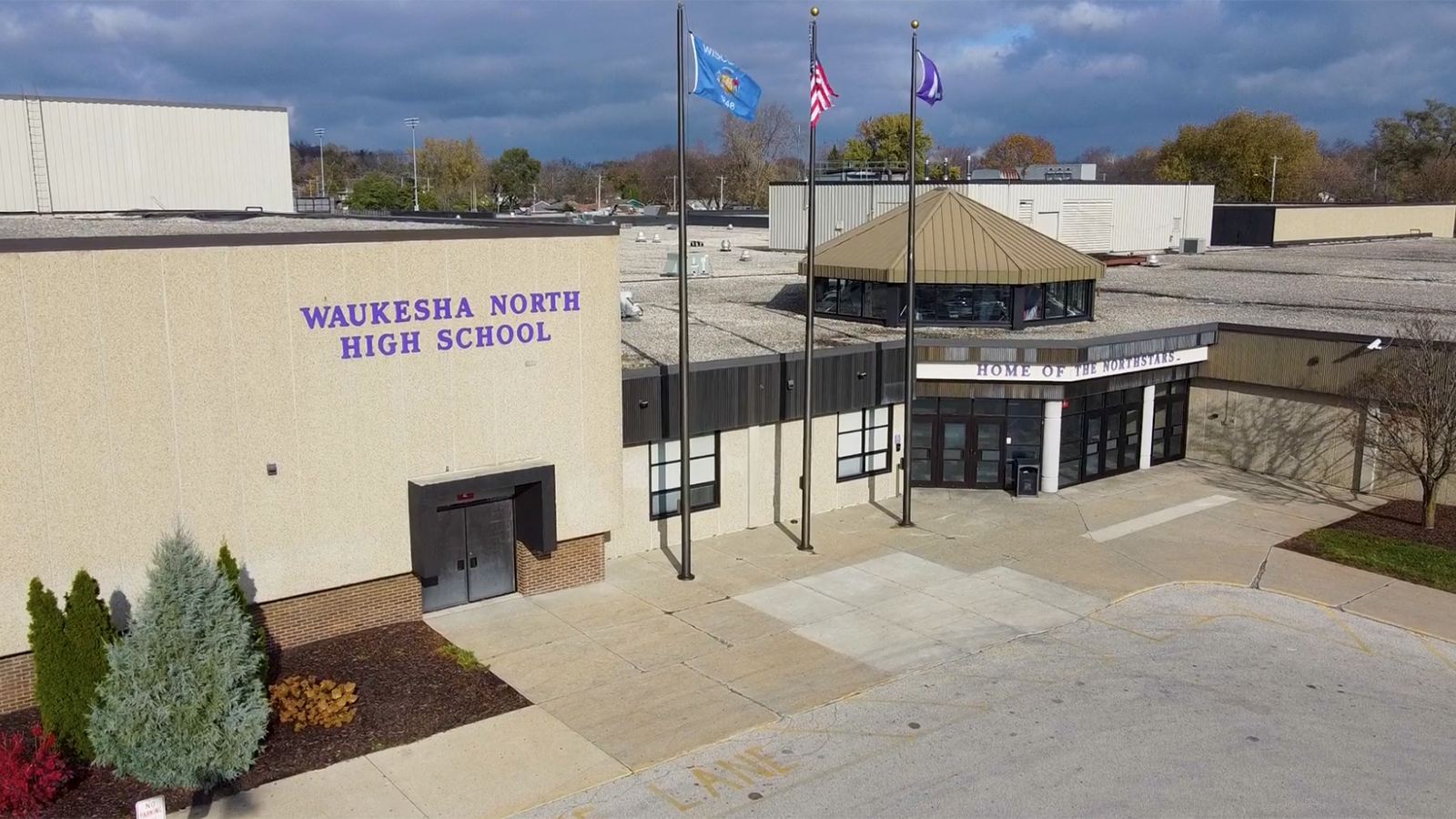K-12 Schools Focus on Unified Physical Security

Every K-12 school faces physical security challenges. Whether you are searching for the best surveillance cameras to monitor disparate locations or deploying an integrated mass notification and critical event management software, you must develop a life safety strategy and execute a security plan that protects your district and the community it serves.
School violence and safety is a widespread public health concern, and a healthy learning environment is undoubtedly necessary for both students and staff. While nothing can guarantee immunity from school violence, the steps we discuss in this blog article can assist you in improving your school’s incident response procedures and potentially help you save lives.
Department of Homeland Security National Recovery Framework
The National Preparedness System integrates efforts across the five preparedness mission areas—Prevention, Protection, Mitigation, Response, and Recovery— to achieve the goal of a secure and resilient Nation. As you plan to protect your school district from threats, follow the National Protection Framework, part of the National Preparedness System, to set your strategy for how the whole community plays a role in the safety of its schools.
Before an Event:
- Prevention: Strategies can identify possible threats before they take shape.
- Protection: Strategies control access and monitor assets and public behavior, as well as use data to raise awareness and mitigate issues before they occur.
During an Event:
- Mitigation: Strategies identify what is taking place and direct people, resources, and process with the goal of reducing risk and lessening the impact of the event on both people and property. Mitigation strategies support dynamic processes, such as real-time action plans for building evacuations vs. shelter-in-place.
- Response: Strategies enable collaboration within and across groups engaged in a school community: administrators and staff, first responders and other law enforcement or medical personnel, and community leaders and the public. Effective response can save lives, protect property and the environment, and ensure that basic human needs are met after an incident.
After an Event:
- Recovery: Strategies process and disseminate information to those involved and inform those preparing for future events. The goal is to help those affected recover.
Learning from Past Security Incidents
School security incidents are an unfortunate reality. It is beneficial to study these past tragedies and learn from errors to influence your physical security strategy moving forward.
Marjory Stoneman Douglas High School
On February 14, 2018, a shooter opened fire on students and staff at a high school in Parkland, Florida, killing 17 people and injuring 17 others in less than five minutes. The shooter carried a large bag and was first spotted and recognized by a school security guard outside who then radioed another guard. There were multiple opportunities to call a “Code Red” and put the school on lockdown, but these opportunities were missed, leaving students and staff vulnerable. The gunman was able to enter a stairwell and begin a shooting spree. Had a proper lockdown been initiated, much of this violence could have been avoided. This tragedy highlighted the importance of having a mass notification system in place.
K-12 Physical Security Use Case: School District of Wausau
The school district of Wausau, a city in central Wisconsin, recognized the importance of improving safety measures within their school district. Wausau’s public schools employ 1,300 staff with a population of 7,783 students throughout 20 buildings.
Goal: To improve student and school outcomes by implementing a universal safety platform that protects the district from real-life threats, all within budget constraints.
Challenges
Wausau School District was facing several challenges:
- Old buildings
- Outdated hardware that prevented seamless communication with other buildings in the district
- No mass notification platform
- Budget constraints
Deploying Security Strategy with Phased Approach
The Wausau School District turned to the technology expertise of HBS to increase protective measures in their schools. HBS recognizes in situations of school threats, mere seconds can make a difference. The following process is being used with the Wausau School District to improve unified physical security moving forward.
The HBS Process
- Identify Mission and Initiatives
- Strategic Plan
- In Person Interviews
- Electronic Survey
- Educational Goals
- Document Current State
- Architecture Review
- Documentation Data Collection
- Develop Target State
- Future State Architecture Documentation
- Future Educational Goals and Strategy
- Gap Analysis
- Looking at the Current State to the Future State
- Rough Order of Magnitude
- Execution Strategy
Through consulting, HBS elected that a three-phase approach was best due to time, the number of buildings, and the school district’s budget constraints. This is an ongoing effort, with multi-year onboarding by building in place.
Phase 1
Wausau School District, HBS, and Singlewire elected to implement InformaCast,, a mass notification and critical event management software that is used by more than 7,000 organizations around the world. InformaCast focuses on three primary areas of incident response: detection, notification, and management.
In Phase 1 of this onboarding, buttons were installed under educators’ counters and desks with the capability to trigger alarms and lock down the building. HBS upgraded the school district’s paging hardware, speakers, clocks, and cabling. In the buildings that have installed InformaCast, the solution takes on all the alerting tasks that once required manual activation and helps the students and staff of the Wausau School District stay safe and prepared.
In the event an incident is detected, InformaCast immediately reaches out to everyone on both mobile and on-premises devices. Communication is critical when it comes to dangerous situations and putting schools on lockdown, so the software ensures messages are sent swiftly and delivers attention-grabbing streaming audio to a wide variety of devices.
InformaCast Capabilities
- Daily Paging
- Bell Scheduling
- Schedule Changes
- Student and Family Communication
- School-wide Lockdown
- 911 Call Monitoring
- Emergency Notification in Cases of:
- Active Shooter
- One Button Notification and Lockdown
- Automated Severe Weather
- Disruptive Student
- Medical Emergencies
- Fire
Phase 2
Wausau School District is currently in Phase 2 of this onboarding with HBS and Singlewire. In this phase, the district will be performing a district wide safety and security audit and further integrating purchased investments.
Phase 3
In Phase 3, continuous communication and engagement will occur between HBS, Singlewire, and Wausau School District to identify and seize new opportunities to keep the school district safe.
If you’re looking for a partner to address your physical security needs, please Contact HBS at any time for more details on ways you can secure your organization.
Related Content

Waukesha Schools: Revolutionizing School Security with Verkada
See how Waukesha Schools transformed district security by replacing multiple, hard-to-manage systems with one unified Verkada platform. Now, cameras, access control, check-in, sensors and alarms work together—enhancing safety and peace of mind.

Securing the Future: The Convergence of Physical and Cyber Security
Explore how the convergence of physical and cyber security is essential to effectively manage the intertwined challenges of modern-day organizations.

AI in Physical Security: Efficiently Transforming Safety
AI can transform physical security with advanced tools for enhanced safety and efficiency. Read about current applications, benefits, and challenge solutions.






